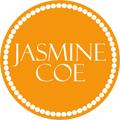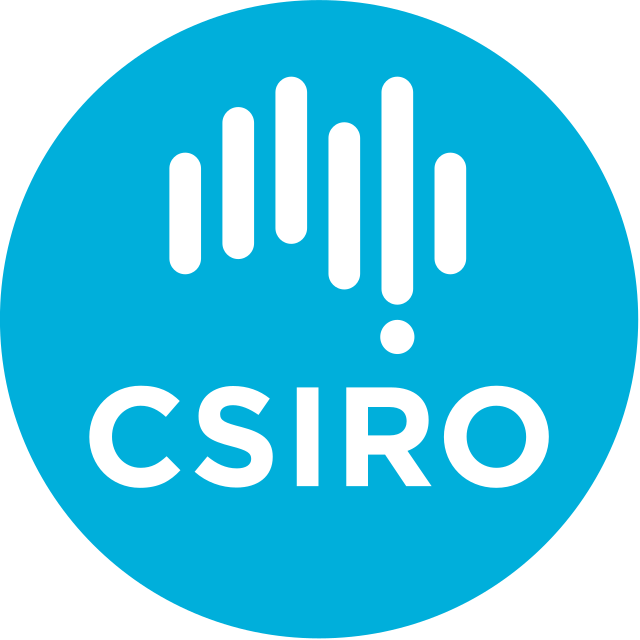


My name is Jasmine Coe, I’m a Wiradjuri – British Artist. I grew up in the UK and came to Australia for the first time in 2016 to meet my Father and family and connect to my Wiradjuri heritage. A way that I have been able to continue this connection when back in the UK is through my art. By painting the values and lessons that I have learnt I am able to give myself the space to develop self-identity as a Wiradjuri – British woman.
CSIRO: Can you tell me about your art? What inspires you to create it, common themes, style, messages you want to communicate, etc?
My art is a place where I am able to explore true self-identity. Race and identity has been something I have always struggled with especially in my younger years. Now, my art provides the time and space to process the internal conflicts of having dual heritage that hold a traumatic history. Here I am attempting to heal self, while at the same time I am able to celebrate the teachings of what I have learnt from connecting to my Wiradjuri heritage.
At its core, my art is an attempt to reach the common ground that we all share as humans, by celebrating the natural world. This is something that is central to Aboriginal culture – ‘to care for country’. A critical practice and one which needs a collective effort if we are to bring back balance to our planet.
CSIRO: What about Honeybee Hive? What inspired this piece, what message is it communicating, etc?
As well as natural themes, my work heavily features honeybees who play an essential role in the natural world as pollinators and they act as a personal symbol of balance. In this particular piece, the work is used to highlight the importance honeybees play in our natural world. Through cross pollination in flowers, they transfer pollen from the male organ to the female organ.
The honeybees are a symbol of life with the Queen representing strength in feminine energy. Within the hive, the work represents the importance of balance and the strength of community. Through hard work, honeybees show what we can achieve when we come together. On a small local scale, connecting and engaging with those around us but also on a global scale, working as a collective, united in supporting our planet.
The purpose of ‘Honeybee Hive’ is pollination. To uphold a sustained environment, and through this process, a sweet by-product is created, honey – an outcome of collective energy and an example of what can be achieved when coming together.
CSIRO: The theme of NAIDOC Week this year is Heal Country! What are the parallels between your art, in particular Honeybee Hive, and this theme?
To me, ‘Heal Country’ is about regaining balance and ‘Honeybee Hive’ highlights the importance of the collective - working together. Honeybees intrinsically understand their purpose of pollination which essentially supports our whole ecosystem. If removed from this natural eco structure the effects would ripple through our environment.
It is my understanding and a parallel to draw, that Aboriginal people share a similar essential custodianship and purpose in connection to their country. This being intrinsic in its belonging to the land and environment and of which helps maintain the balance of the natural world. However this custodianship and natural balance has been disrupted due to the effects of colonisation. To ‘Heal Country’ is to regain balance by restoring country to its traditional form. Under the ownership of its traditional custodians, who hold the knowledge that has been passed down through generation to generation.
My understanding is that Healing Country starts with its traditional owners as the people are a part of the land. ‘When country is sick, we are sick’.
Interviewed as part of NAIDOC week 2021

